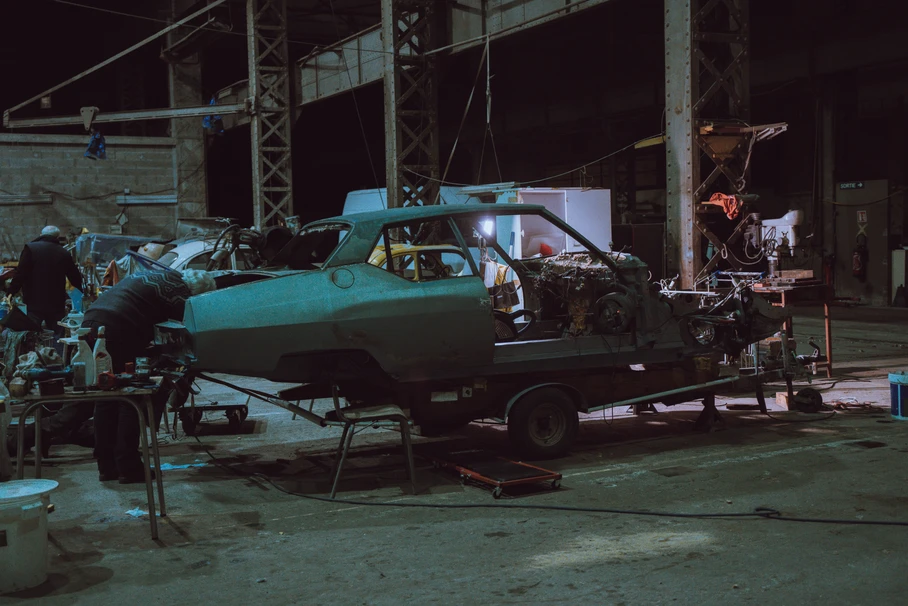When it comes to vehicular damage, not all scars are made equal. Some are mere cosmetic blemishes, while others run deep, affecting the vehicle’s very structure and safety. For vehicle owners, understanding the type and extent of damage is crucial in gauging the necessary repairs and costs involved. Let’s delve into the various types of auto body harm and shed light on the intricacies of repair.
1. Cosmetic Damages:
These are primarily surface level, affecting the vehicle’s appearance but not its function or safety.
- Examples: Minor dings, scratches, paint chips.
- Assessment and Repair: A visual inspection is often sufficient. Repairs might involve paint touch-ups, buffing, or minor filling.
- Technologies Used: Digital color matching for paint, computerized paint sprayers for even coating.
2. Functional Damages:
These may not compromise the vehicle’s overall safety but can hinder its function or lead to long-term issues if not addressed.
- Examples: Misaligned wheels after a curb hit, malfunctioning door latches, broken mirrors.
- Assessment and Repair: Involves both visual inspection and diagnostic tests. Repairs could range from part replacements to more detailed fixes.
- Technologies Used: Computerized diagnostic tools, laser alignment systems.
3. Structural Damages:
These are serious damages that compromise the vehicle’s safety and integrity.
- Examples: Bent or twisted frames, damaged suspension components, crumpled zones after a high-impact collision.
- Assessment and Repair: Comprehensive inspection using advanced diagnostic tools. Repairs often involve major overhauls, part replacements, and sometimes specialized welding.
- Technologies Used: Frame straightening machines, computerized measuring systems to ensure precise alignment.
4. Hidden Damages:
Not all damages are immediately visible. Some lurk beneath the surface and can manifest over time.
- Examples: Internal damages to the engine after a front-end collision, unseen rust accumulation.
- Assessment and Repair: These require thorough inspections and sometimes disassembling parts for a clearer view. Repairs are based on the extent and location of the damage.
- Technologies Used: Borescopes for internal inspections, computerized engine diagnostics.
5. Comprehensive Damages:
These are damages caused by non-collision events, often beyond the owner’s control.
- Examples: Hail damage, flooding, vandalism.
- Assessment and Repair: Varies based on the nature of the damage. It could range from paintless dent repairs for hail damage to extensive overhauls for flood damages.
- Technologies Used: Paintless dent repair tools, high-powered dryers, and dehumidifiers for water extraction.
In Conclusion:
Auto body repair isn’t a one-size-fits-all solution. The repair approach and technology used are tailored to the specific damage type and its severity. By understanding the different levels of auto body harm, vehicle owners can better navigate their repair estimates and appreciate the expertise and equipment employed to restore their vehicles to pristine condition. At our center, we prioritize transparency and education, ensuring our customers are well-informed every step of the way.

